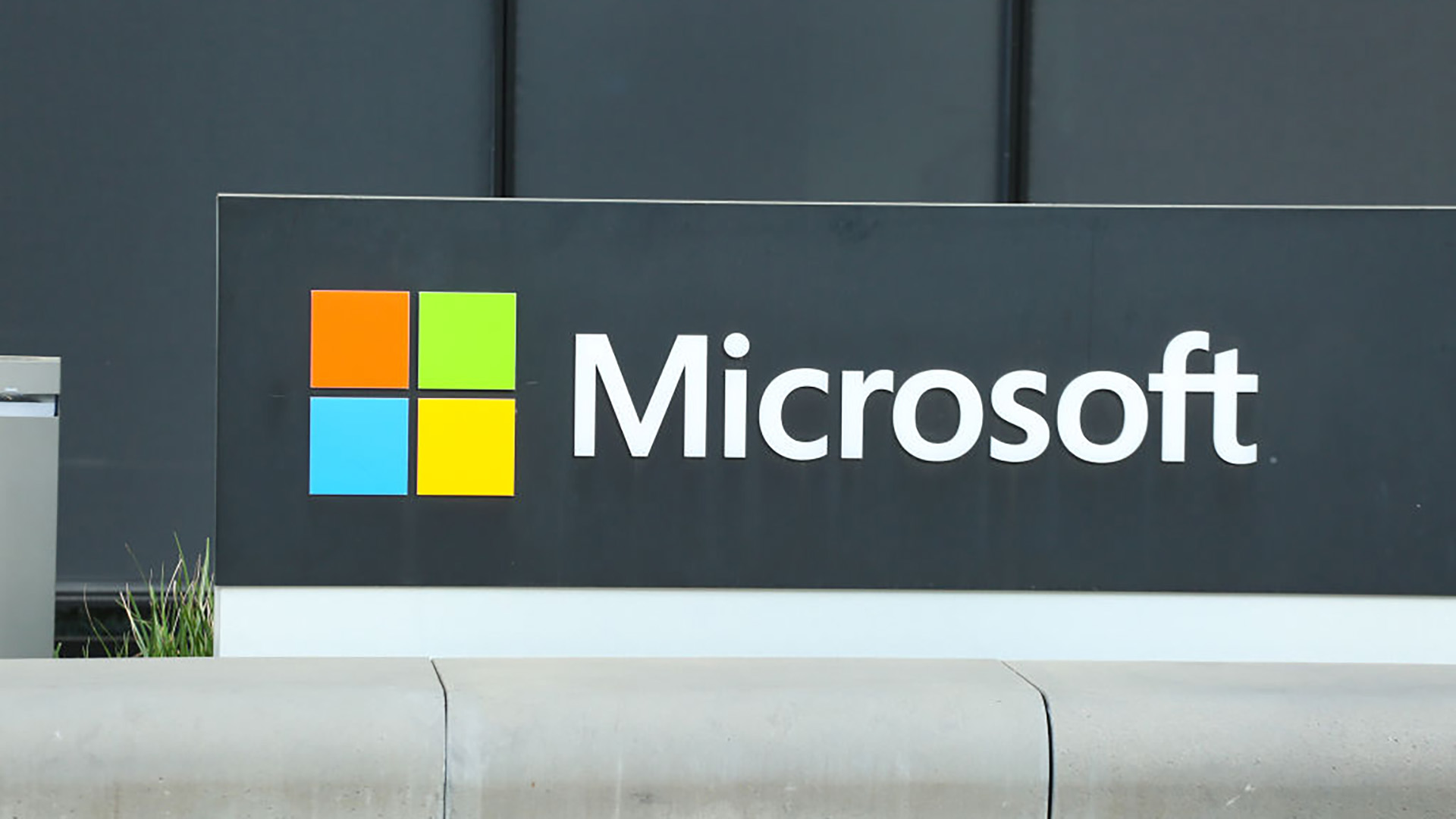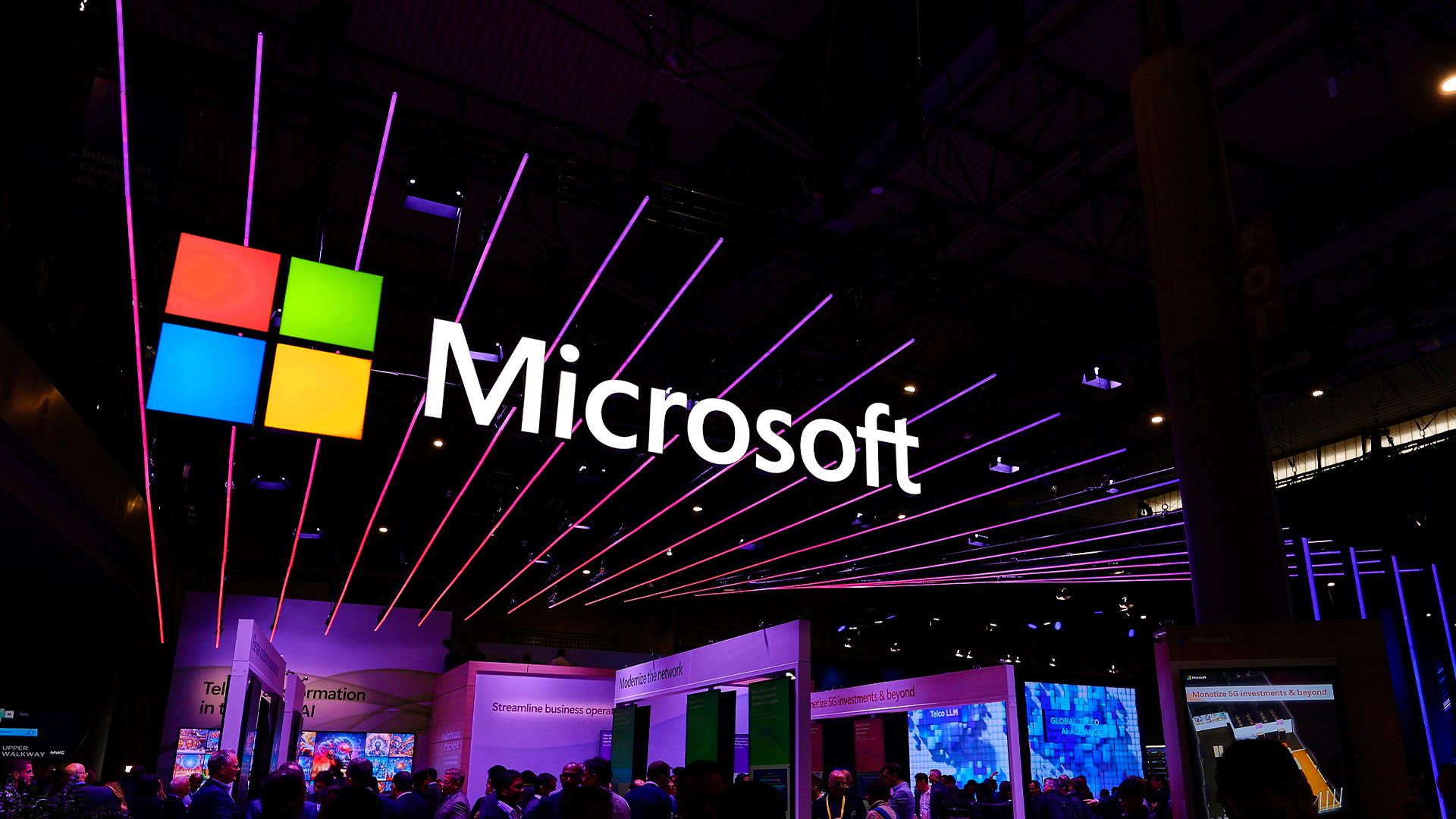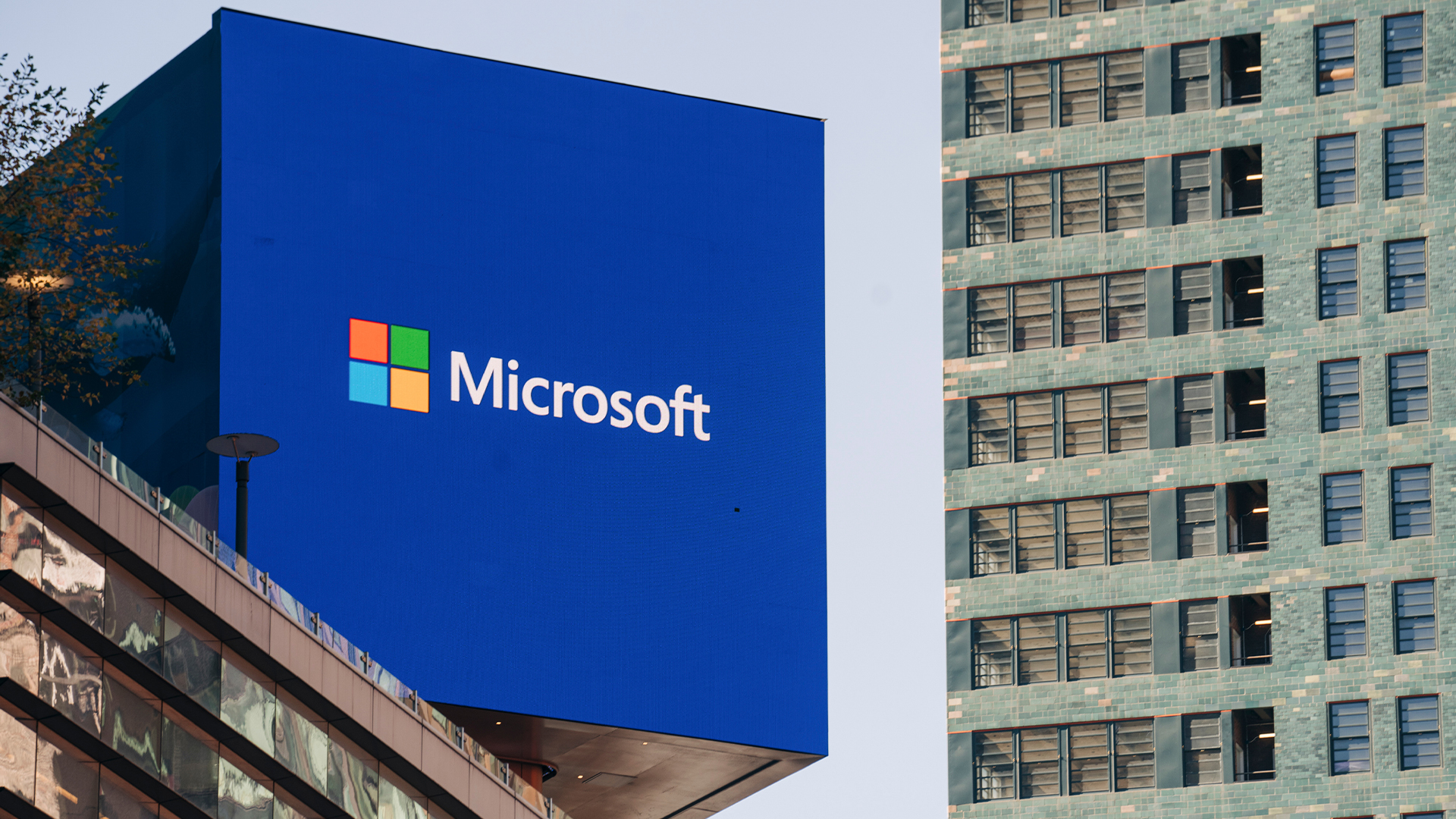Fujitsu Eternus DX80 review
Fujitsu brings the latest 8Gbps FC SAN technology within the grasp of small and medium-sized businesses (SMBs). In an exclusive review we put this Fujitsu Eternus DX80 high-speed disk array through its paces and find out if it delivers on its promises.
Be under no illusions, the Eternus DX80 is fast. Damned fast. This 8Gbps FC SAN array also looks good value when compared with much of the competition at this level and it offers an impressive expansion potential. However, drawbacks are the unintuitive web interface, the unhelpful documentation and the fact that a number of key features have yet to be implemented.

The Redundant Copy feature aims to pre-empt drive failures and just requires a dedicated or global hot-spare. Array diagnostics watch out for errors and if they see a drive on the edge a copy to the hot spare is initiated and on completion the failing drive is pulled from the array before it goes belly up.
Environmentally aware SMBs will approve of the Eco Mode schedule. Applied to selected non-SDV RAID groups, this will spin down member drives if no host I/O activity has been detected for so many minutes.
To test raw performance we hooked up a Broadberry CyberServe dual Xeon X5560 rack server to the first controller via a Brocade 815 8Gbps HBA and mapped a four-drive stripe to it. Running Iometer configured with 16 workers, a 64KB transfer request size and sixteen outstanding I/Os returned a stonking 692MB/sec raw sequential read throughput.
A second Brocade equipped server was connected to the other controller and given a dedicated quad-drive stripe. With Iometer running on both systems we saw a cumulative raw read throughput of no less than 1380MB/sec showing no contention for resources was occurring.
Clearly, there's work to be done on the DX80 as a number of key features have yet to be implemented and we found its web interface very frustrating to use.
However, SMBs should keep a close eye on this disk array as and they'll be hard pushed to acquire 8Gbps FC SAN technology anywhere else at this low price and its raw performance is quite remarkable.
Verdict
Be under no illusions, the Eternus DX80 is fast. Damned fast. This 8Gbps FC SAN array also looks good value when compared with much of the competition at this level and it offers an impressive expansion potential. However, drawbacks are the unintuitive web interface, the unhelpful documentation and the fact that a number of key features have yet to be implemented.
Sign up today and you will receive a free copy of our Future Focus 2025 report - the leading guidance on AI, cybersecurity and other IT challenges as per 700+ senior executives
Chassis: 2U rack chassis Storage: 6 x 450GB Seagate Cheetah 15K.5 SAS, 6 x 1TB Seagate Barracuda 7.2K SAS RAID: 2 controllers with RAID0, 1, 10, 5, 6, 50 support CPU: 2GHz processor per controller Memory: 2GB DDR2 and capacitor per controller FC Ports: 2 x 8Gbps per controller Network: Gigabit management port per controller Other: 1 x SAS expansion port per controller Power: 2 x hot-plug supplies Management: Web browser, CLI Options: 1024 snapshots licence; £2,267; Expansion shelf (dual controller); £2,019 (all ex VAT)
Dave is an IT consultant and freelance journalist specialising in hands-on reviews of computer networking products covering all market sectors from small businesses to enterprises. Founder of Binary Testing Ltd – the UK’s premier independent network testing laboratory - Dave has over 45 years of experience in the IT industry.
Dave has produced many thousands of in-depth business networking product reviews from his lab which have been reproduced globally. Writing for ITPro and its sister title, PC Pro, he covers all areas of business IT infrastructure, including servers, storage, network security, data protection, cloud, infrastructure and services.
-
 Microsoft unveils Foundry overhaul for managing, optimizing AI agents
Microsoft unveils Foundry overhaul for managing, optimizing AI agentsNews The hyperscaler is aiming to simplify AI agent oversight, as organizations grapple with the increasingly complicated business of processing and paying for outputs
By Rory Bathgate Published
-
 Microsoft opens up Entra Agent ID preview with new AI features
Microsoft opens up Entra Agent ID preview with new AI featuresNews Microsoft Entra Agent ID aims to help manage influx of AI agents using existing tools
By Nicole Kobie Published
-
 Microsoft's new Agent 365 platform is a one-stop shop for deploying, securing, and keeping tabs on AI agents
Microsoft's new Agent 365 platform is a one-stop shop for deploying, securing, and keeping tabs on AI agentsNews The new platform looks to shore up visibility and security for enterprises using AI agents
By Ross Kelly Published
